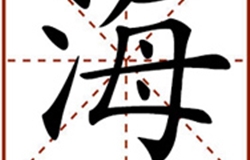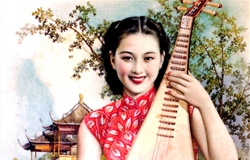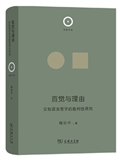Culture
-
Yue fen pai, a type of calendar poster prevalent in old Shanghai. Photo: NIPIC The 1842 Treaty of Nanjing contributed to jump-starting the tran…[详细]10-11-2018
-
Waterfront houses in Wu Zhen, Zhejiang Province Photo: 699PIC Swords and xiao flutes are two important elements in the poems of Gong Zizhen …[详细]09-28-2018
-
“Appreciating the Moon” (1738) by the Qing artist Chen Mei Photo: FILE Rooted in Chinese tradition, the Mid-Autumn Festival, also k…[详细]09-21-2018
-
Gong Chen Bridge, built in 1631 in the Ming Dynasty, crosses the Grand Canal at its starting point in Hangzhou. Photo: 699PIC There is a legend…[详细]09-14-2018
-
An 8th century painting, “Fu Xi and Nü Wa,” depicts this mythological couple as having interlocked snake-like tails. The circle a…[详细]09-07-2018
- In 221 BCE, the Qin wars of conquest brought an end to the Warring States Period, a tumultuous era marked by…MORE
- The tradition of painting coffins is deeply rooted in Han culture, and the origin of the lian-bi patterns ca…MORE
- China’s Great Wall dates back as early as to the Spring and Autumn period.MORE
- The Miaodigou culture was viewed as the heyday of painted pottery.MORE
- Xu Zhimo was known for his efforts to set Chinese poetry free from the constraints of its traditional forms,…MORE
-
Let me state that I am against a certain “apologetic” stance taken by the entire field of the humanities r…[详细]













